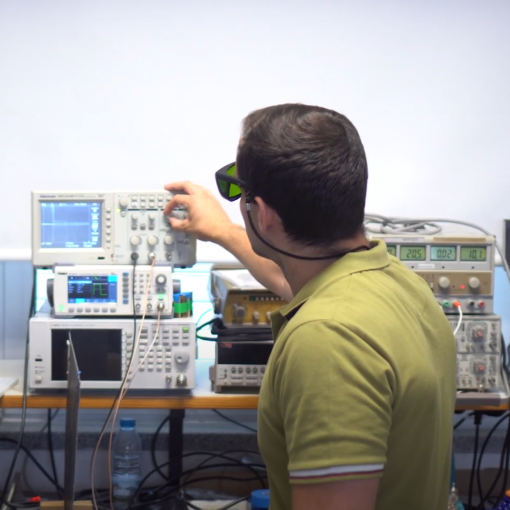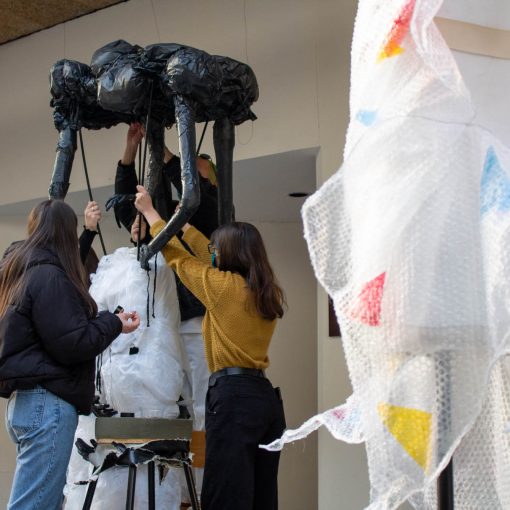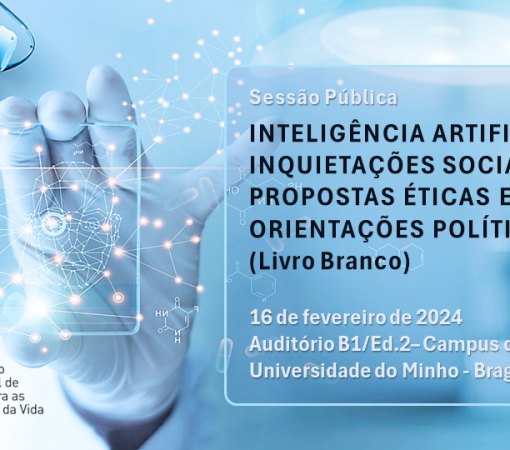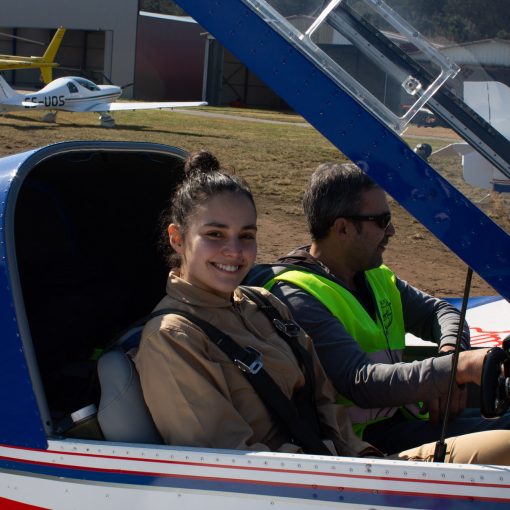The AlleRiskAssess project also aims to produce an innovative test that can be used as a standard for assessing the presence of allergens in food products
If there are more Portuguese with severe food allergies, as Alimenta – Portuguese Association of Food Allergies and Intolerances warns, what can be done to improve the quality of life and protect the health of these people? The answer may lie in the innovative approach of processing technologies that reduce the allergenic effect of foods, says a team of scientists from the Centre of Biological Engineering (CEB) of the School of Engineering of the University of Minho.
Carried out in partnership with the University of Porto and the University of Aveiro, this CEB project is an innovation in the market, which could lead to a revolution in the field of food health. The idea, coordinated by REQUIMTE – Associate Laboratory for Green Chemistry – Technologies and Clean Processes, is “to produce safer food in terms of the presence of allergens and new sustainable protein sources”.
At the basis of the innovation is the study of the properties of the main proteins responsible for allergies – soy, nuts, fish, crustaceans, insects and milk – with the aim of developing advanced techniques, such as processing by electric fields and high pressure, to reduce the allergenic potential of foods.
“Increased consumption of certain types of food can promote an increase in allergies,” says António Vicente, researcher responsible for the work underway at the CEB, in charge of studying the process with electric fields and analysing the behaviour of food in a dynamic in vitro gastro-intestinal system, which allows simulating the digestion process in the human body. Because, explains the scientist, “it is crucial to understand the changes induced by the treatment processes in food allergens, from their origin (field or sea) to the fork and along the human intestine”.
From a public health perspective, António Vicente reinforces that “food allergies are one of the great concerns of our days”. Therefore, “although there are methods to measure the presence of allergens in food, based on the detection of DNA and specific proteins, there is still no standard that can be followed”, says the scientist. It is in this sense that the AlleRiskAssess team, the name given to the project, is still producing a test that, due to its “simplicity and reproducibility”, can be adopted as a guideline to assess the presence of allergens in food.
AlleRiskAssess also presents itself as a source of sustainability, since it explores the use of alternative non-animal protein sources, such as soy, and will generate knowledge for the study of the allergenic potential of other emerging protein sources originating from microorganisms and insects.
The project, which is expected to end in the second quarter of 2022, intends to contribute to an improvement in public health and at the economic level in the management of food allergies, since it provides efficient tools to food manufacturers for greater control and protection of consumers.



